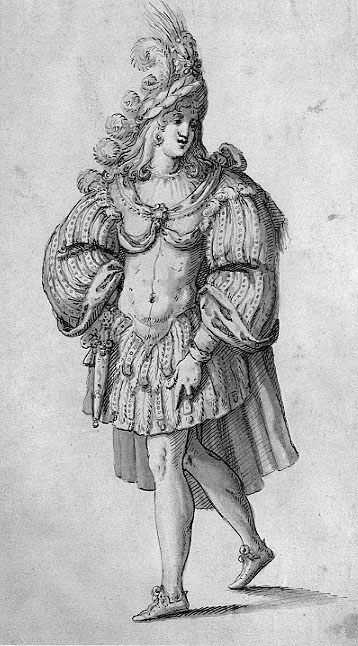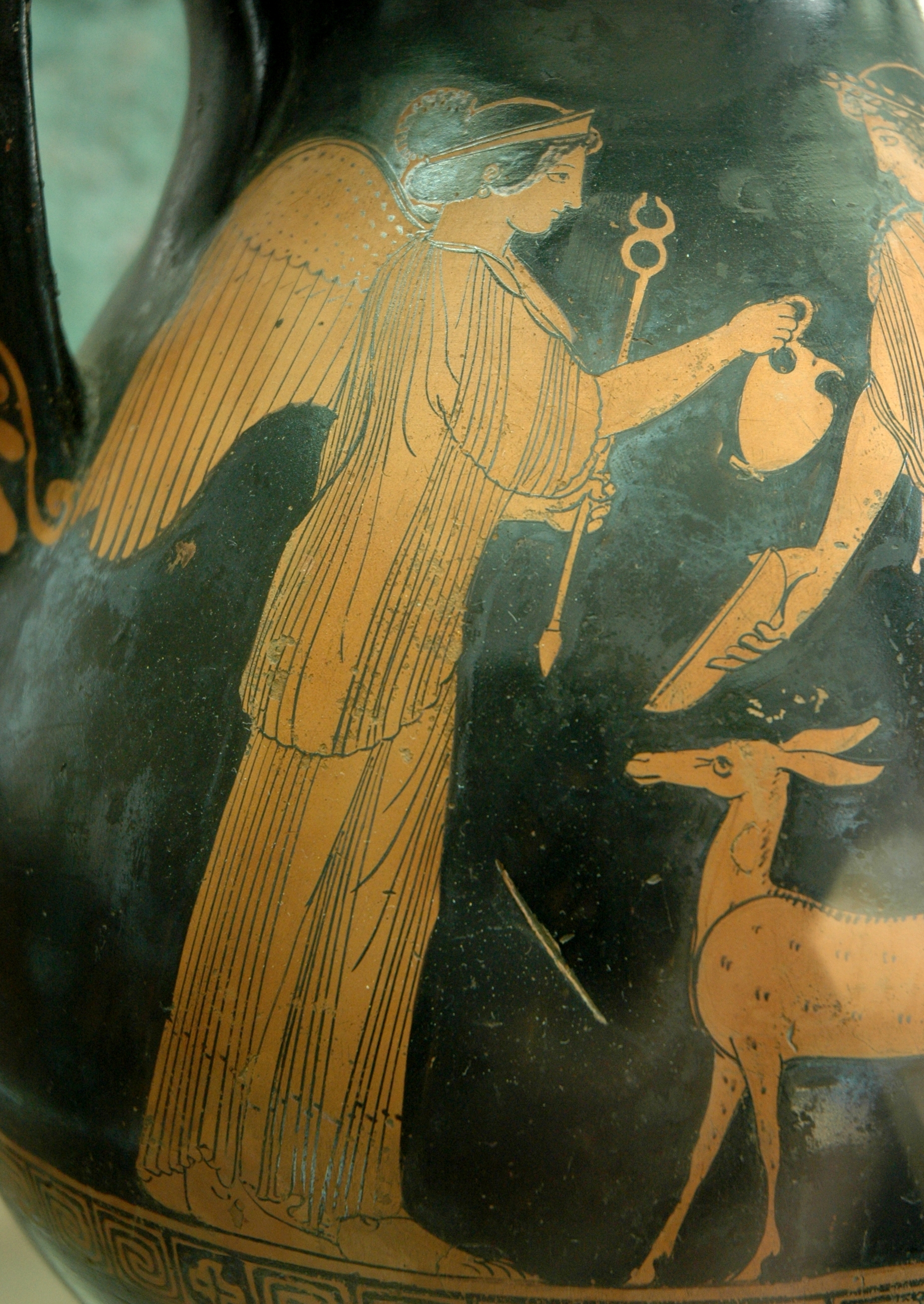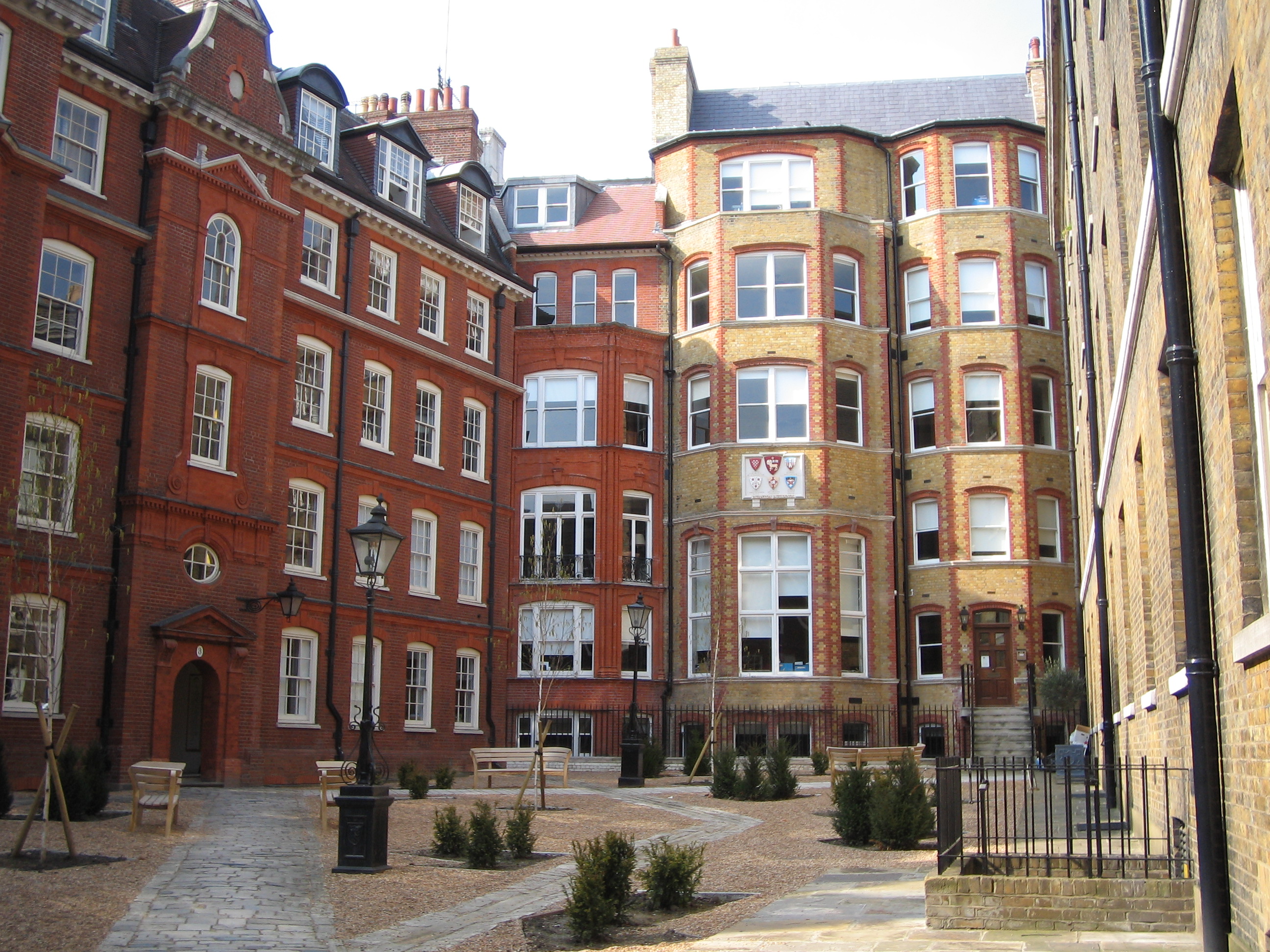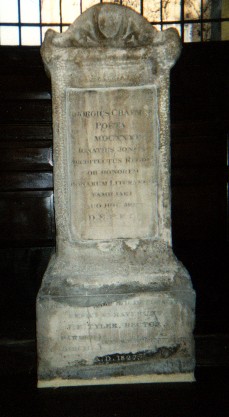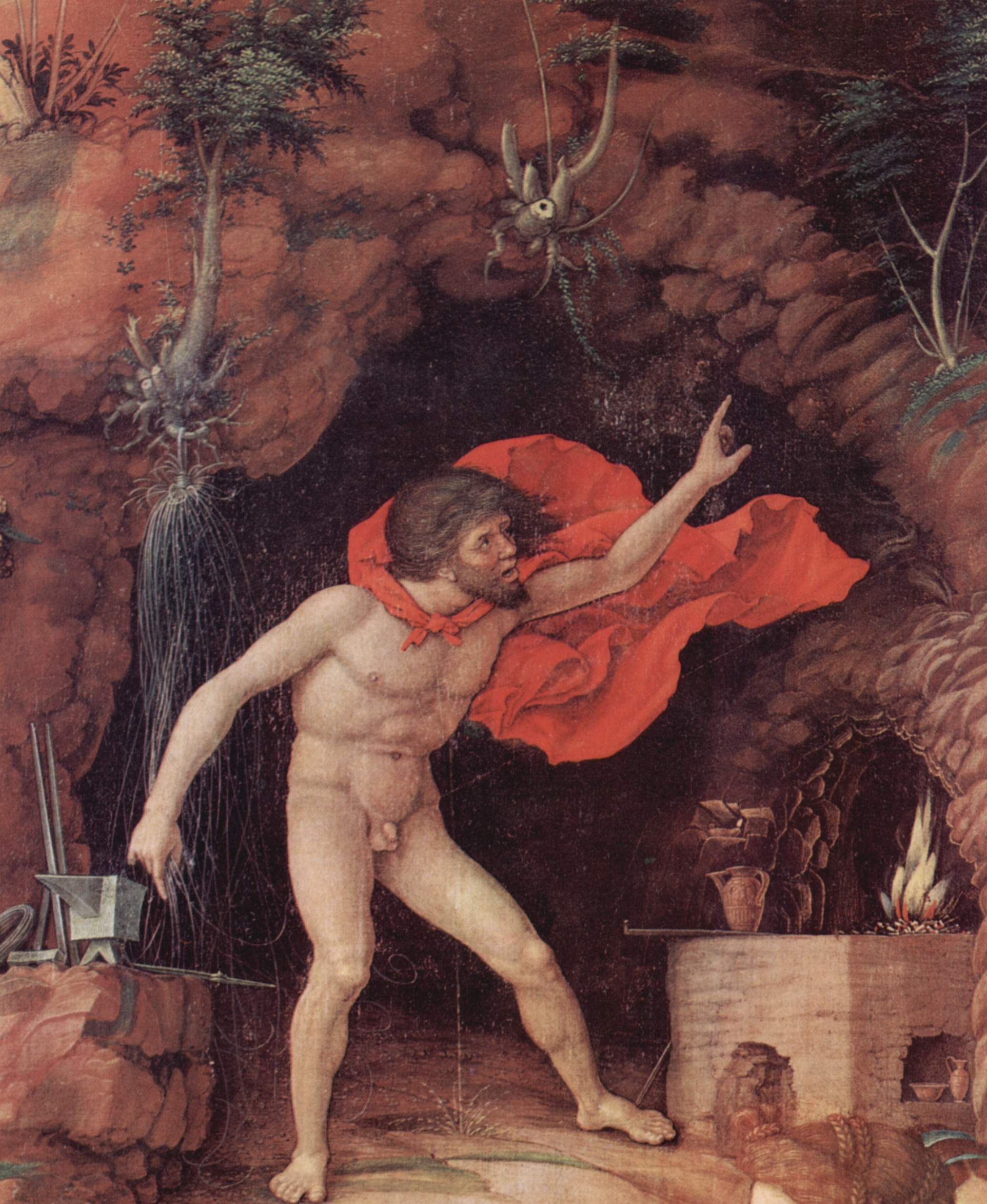|
The Masque Of The Inner Temple And Gray's Inn
''The Masque of the Inner Temple and Gray's Inn'', also known as, ''The Masque of the Olympic Knights'', is an English masque created in the Jacobean period. It was written by Francis Beaumont and is known to have been performed on 20 February 1613 in the Banqueting House at Whitehall Palace, as part of the elaborate wedding festivities surrounding the marriage of Princess Elizabeth, the daughter of King James I, to Frederick V, Elector Palatine. The show The masque was preceded by a procession, in which the masquers came down the River Thames from Winchester House on the royal barge, accompanied by a flotilla of other barges and boats, on Shrove Tuesday, 16 February. The masque itself was scheduled to be staged that evening, but had to be postponed for four days, due to the press of crowds at the Banqueting House and the fatigue of the King. John Chamberlain thought that the masque was spoiled by the delay, since the surprise value of the costumes and set had been lost ... [...More Info...] [...Related Items...] OR: [Wikipedia] [Google] [Baidu] |
Masque
The masque was a form of festive courtly entertainment that flourished in 16th- and early 17th-century Europe, though it was developed earlier in Italy, in forms including the intermedio (a public version of the masque was the pageant). A masque involved music, dancing, singing and acting, within an elaborate stage design, in which the architectural framing and costumes might be designed by a renowned architect, to present a deferential allegory flattering to the patron. Professional actors and musicians were hired for the speaking and singing parts. Masquers who did not speak or sing were often courtiers: the English queen Anne of Denmark frequently danced with her ladies in masques between 1603 and 1611, and Henry VIII and Charles I of England performed in the masques at their courts. In the tradition of masque, Louis XIV of France danced in ballets at Versailles with music by Jean-Baptiste Lully. Development The masque tradition developed from the elaborate pageants and co ... [...More Info...] [...Related Items...] OR: [Wikipedia] [Google] [Baidu] |
Iris (mythology)
In ancient Greek religion and mythology, Iris (; ; ) is a daughter of the gods Thaumas and Electra, the personification of the rainbow and messenger of the gods, a servant to the Olympians and especially Queen Hera. Iris appears in several stories carrying messages from and to the gods or running errands but has no unique mythology of her own. Similarly, very little to none of a historical cult and worship of Iris is attested in surviving records, with only a few traces surviving from the island of Delos. In ancient art, Iris is depicted as a winged young woman carrying a caduceus, the symbol of the messengers, and a pitcher of water for the gods. Iris was traditionally seen as the consort of Zephyrus, the god of the west wind and one of the four Anemoi, by whom she is the mother of Pothos in some versions. Etymology The ancient Greek noun means both the rainbow and the halo of the Moon. An inscription from Corinth provides evidence for an original form (''Wîris'') w ... [...More Info...] [...Related Items...] OR: [Wikipedia] [Google] [Baidu] |
Gray's Inn
The Honourable Society of Gray's Inn, commonly known as Gray's Inn, is one of the four Inns of Court (professional associations for barristers and judges) in London. To be called to the bar in order to practise as a barrister in England and Wales, an individual must belong to one of these inns. Located at the intersection of High Holborn and Gray's Inn Road in Central London, the Inn is a professional body and provides office and some residential accommodation for barristers. It is ruled by a governing council called "Pension", made up of the Masters of the Bench (or "benchers") and led by the Treasurer#In the Inns of Court, Treasurer, who is elected to serve a one-year term. The Inn is known for its gardens (the "Walks"), which have existed since at least 1597. Gray's Inn does not claim a specific foundation date; none of the Inns of Court claims to be any older than the others. Law clerks and their apprentices have been established on the present site since at latest 1370, with ... [...More Info...] [...Related Items...] OR: [Wikipedia] [Google] [Baidu] |
Inner Temple
The Honourable Society of the Inner Temple, commonly known as the Inner Temple, is one of the four Inns of Court and is a professional association for barristers and judges. To be called to the Bar and practice as a barrister in England and Wales, a person must belong to one of these Inns. It is located in the wider Temple (London), Temple area, near the Royal Courts of Justice, and within the City of London. As a Liberty (division), liberty, it functions largely as an independent local government authority. The Inn is a professional body that provides legal training, selection, and regulation for members. It is ruled by a governing council called "Parliament", made up of the Masters of the Bench (or "Benchers"), and led by the Treasurer#In the Inns of Court, Treasurer, who is elected to serve a one-year term. The Temple takes its name from the Knights Templar, who originally (until their abolition in 1312) leased the land to the Temple's inhabitants (Templars). The Inner Templ ... [...More Info...] [...Related Items...] OR: [Wikipedia] [Google] [Baidu] |
George Chapman
George Chapman ( – 12 May 1634) was an English dramatist, translator and poet. He was a classical scholar whose work shows the influence of Stoicism. Chapman is seen as an anticipator of the metaphysical poets of the 17th century. He is best remembered for his translations of Homer's ''Iliad'' and '' Odyssey'', and the Homeric '' Batrachomyomachia''. Shakespeare was a contemporary of Chapman, and there is evidence that he knew some of Chapman's work. William Minto proposed Chapman as a candidate for being the " Rival Poet" mentioned in Shakespeare's sonnets. Life and work Chapman was born at Hitchin in Hertfordshire. His father appears to have been reasonably well off, but George was the younger son, and would need to earn his living. From his literary work it is evident that he acquired a good command of Latin and Greek (although he drew on the work of earlier scholars in his Greek translations). There is conjecture that he attended the University of Oxford without t ... [...More Info...] [...Related Items...] OR: [Wikipedia] [Google] [Baidu] |
The Memorable Masque Of The Middle Temple And Lincoln's Inn
''The Memorable Masque of the Middle Temple and Lincoln's Inn'' was a Jacobean era masque, written by George Chapman, and with costumes, sets, and stage effects designed by Inigo Jones. It was performed in the Great Hall of Whitehall Palace on 15 February 1613, as one item in the elaborate festivities surrounding the marriage of Princess Elizabeth, daughter of King James I, to Frederick V, Elector Palatine in the Rhineland. Exoticism The masque had a Virginia theme; Chapman had been a follower of the Prince of Wales, Prince Henry, before Henry's death in November 1612, and Henry had been a strong backer of the movement to colonize the New World. The principal masquers were stylized as Native Americans, "Princes of Virginia" and "sun priests"," though without much representative accuracy: they were dressed in "cloth of silver embroidered with gold," with olive-colored masks, though they were also lavishly feathered and equipped with ornaments "imitating Indian work" — an att ... [...More Info...] [...Related Items...] OR: [Wikipedia] [Google] [Baidu] |
Inns Of Court
The Inns of Court in London are the professional associations for barristers in England and Wales. There are four Inns of Court: Gray's Inn, Lincoln's Inn, Inner Temple, and Middle Temple. All barristers must belong to one of them. They have supervisory and disciplinary functions over their members. The Inns also provide libraries, dining facilities and professional accommodation. Each also has a church or chapel attached to it and is a self-contained precinct where barristers traditionally train and practise. However, growth in the legal profession, together with a desire to practise from more modern accommodations and buildings with lower rents, caused many barristers' chambers to move outside the precincts of the Inns of Court in the late 20th century. History During the 12th and early 13th centuries, law was taught in the City of London, primarily by the clergy. In 1219 Pope Honorius III promulgated ''Super Specula'', prohibiting the clergy from studying secular law as oppo ... [...More Info...] [...Related Items...] OR: [Wikipedia] [Google] [Baidu] |
The Winter's Tale
''The Winter's Tale'' is a play by William Shakespeare originally published in the First Folio of 1623. Although it was grouped among the comedies, many modern editors have relabelled the play as one of Shakespeare's late romances. Some critics consider it to be one of Shakespeare's "Shakespearean problem play, problem plays" because the first three acts are filled with intense psychological drama, while the last two acts are comic and supply a happy ending. The play has been intermittently popular, having been revived in productions and adaptations by some of the leading theatre practitioners in Shakespeare's plays#Performance history, Shakespearean performance history. In the mid-18th century, after a long interval without major performances, David Garrick premiered his adaptation ''Florizel and Perdita'' (first performed in 1753 and published in 1756). ''The Winter's Tale'' was revived again in the 19th century, when the fourth "pastoral" act was widely popular. In the seco ... [...More Info...] [...Related Items...] OR: [Wikipedia] [Google] [Baidu] |
Oberon, The Faery Prince
''Oberon, the Faery Prince'' was a masque written by Ben Jonson, with costumes, sets and stage effects designed by Inigo Jones, and music by Alfonso Ferrabosco and Robert Johnson. ''Oberon'' saw the introduction to English Renaissance theatre of scenic techniques that became standard for dramatic productions through the coming centuries. The text of the masque was first published in the initial folio collection of Jonson's works that appeared in 1616. The show ''Oberon'' was performed on 1 January 1611 at Whitehall Palace, in the Banqueting Hall. Henry Frederick, Prince of Wales, the son and then-heir of James I, took the title role. (Prince Henry had wanted to stage the masque on horseback, but "his father vetoed the Idea.") The masque was the sixth in the series of extravagant shows that Jonson and Jones produced for the Stuart Court in the Christmas holiday season, a series that had begun with '' The Masque of Blackness'' in 1605 and had continued through the previous yea ... [...More Info...] [...Related Items...] OR: [Wikipedia] [Google] [Baidu] |
The Two Noble Kinsmen
''The Two Noble Kinsmen'' is a Jacobean tragicomedy, first published in 1634 and attributed jointly to John Fletcher and William Shakespeare. Its plot derives from "The Knight's Tale" in Geoffrey Chaucer's ''The Canterbury Tales'' (1387–1400), which had already been dramatised at least twice before, and itself was a shortened version of Boccaccio's epic poem '' Teseida''. This play is believed to have been originally performed in 1613–1614, making it William Shakespeare's final play before he retired to Stratford-upon-Avon, where he died in 1616. Formerly a point of controversy, the dual attribution is now generally accepted by scholarly consensus. Characters * Theseus, Duke of Athens * Palamon, nephew of the King of Thebes * Arcite, nephew of the King of Thebes * Pirithous, an Athenian general * Artesius, an Athenian captain * Valerius, a noble of Thebes * Six Knights * A Herald * A Jailer * Wooer of the jailer's daughter * A Doctor * Brother of the jailer * Friends o ... [...More Info...] [...Related Items...] OR: [Wikipedia] [Google] [Baidu] |
Mount Olympus
Mount Olympus (, , ) is an extensive massif near the Thermaic Gulf of the Aegean Sea, located on the border between Thessaly and Macedonia (Greece), Macedonia, between the regional units of Larissa (regional unit), Larissa and Pieria (regional unit), Pieria, about southwest from Thessaloniki. Mount Olympus has 52 peaks and deep gorges. The highest peak, Mytikas ( ''Mýtikas''), meaning "nose", rises to and is the highest peak in Greece, and one of the highest peaks in Europe in terms of topographic prominence. In Greek mythology, Olympus is the home of the List of Greek deities, Greek gods, on Mytikas peak. The mountain has exceptional biodiversity and rich flora (plants), flora. It has been a National parks of Greece, National Park, the first in Greece, since 1938. It is also a Man and the Biosphere Programme, World Biosphere Reserve. Olympus remains the most popular hiking summit in Greece, as well as one of the most popular in Europe. Organized mountain refuges and var ... [...More Info...] [...Related Items...] OR: [Wikipedia] [Google] [Baidu] |
Vulcan (mythology)
Vulcan (, in archaically retained spelling also ''Volcanus'', both pronounced ) is the god of fire including the fire of volcanoes, deserts, metalworking and the forge in ancient Roman religion and Roman mythology, myth. He is often depicted with a blacksmith's hammer. The Vulcanalia was the annual Roman festival, festival held August 23 in his honor. His interpretatio graeca, Greek counterpart is Hephaestus, the god of fire and smithery. In Etruscan religion, he is identified with Sethlans (mythology), Sethlans. Vulcan belongs to the most ancient stage of Roman religion: Varro, the ancient Roman scholar and writer, citing the Annales Maximi, records that king Titus Tatius dedicated altars to a series of deities including Vulcan. Etymology The origin of the name is unclear. Roman tradition maintained that it was related to Latin words connected to lightning (), which in turn was thought of as related to flames. This interpretation is supported by Walter William Skeat in his et ... [...More Info...] [...Related Items...] OR: [Wikipedia] [Google] [Baidu] |
